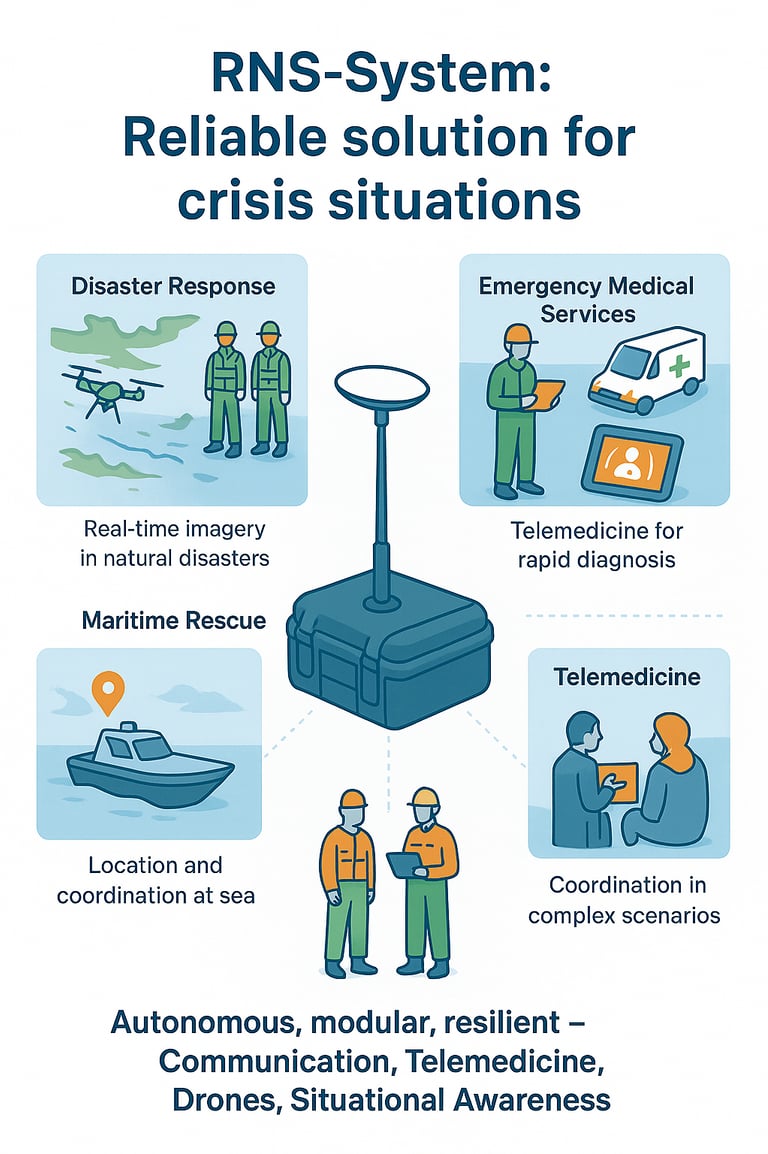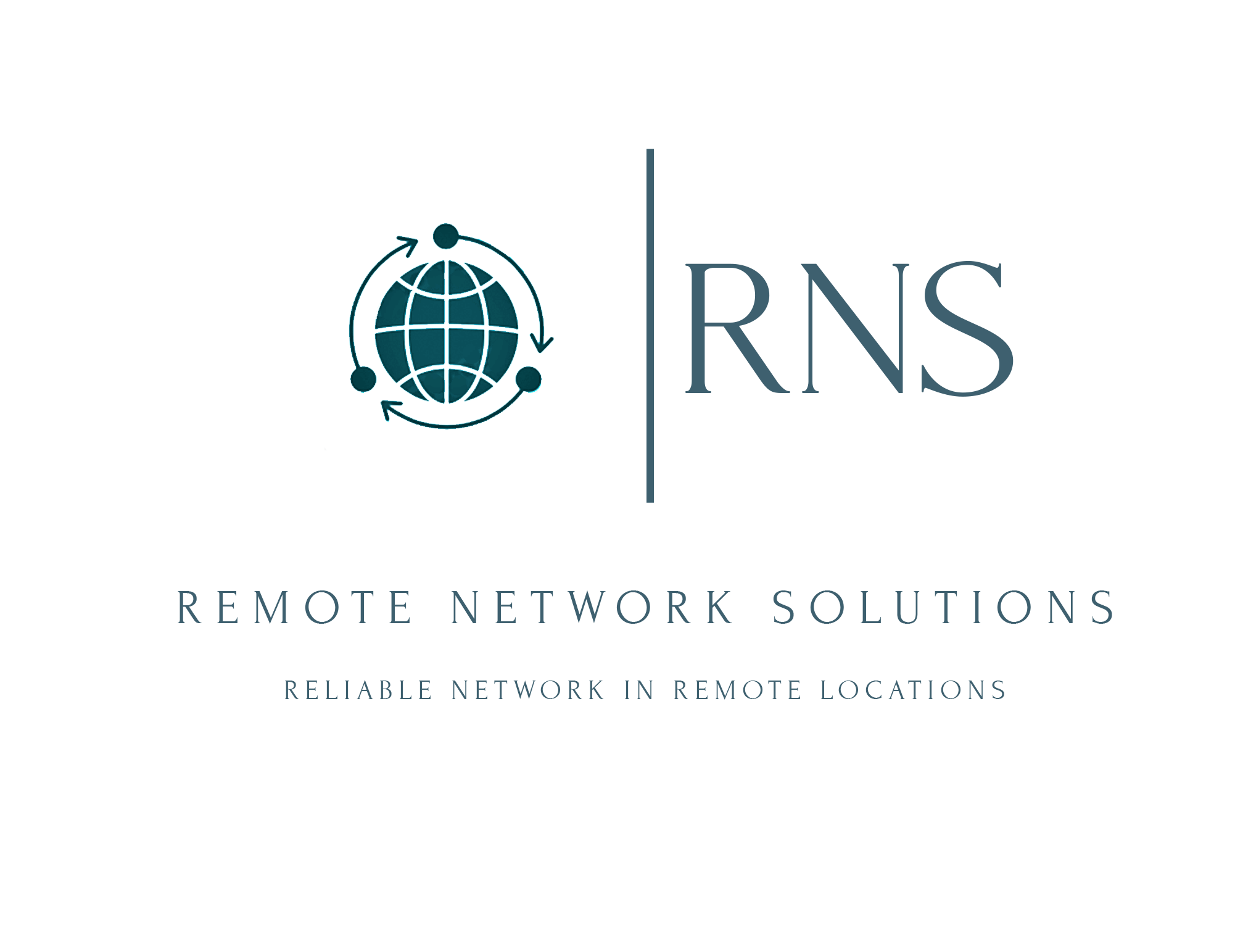Remote Medical Network
Innovative satellite solutions for global medical communication.
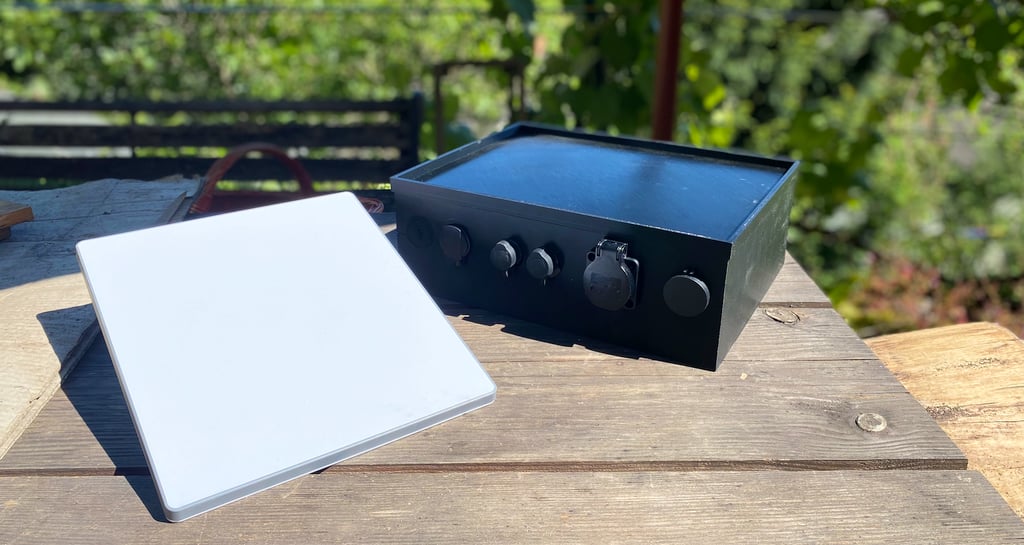

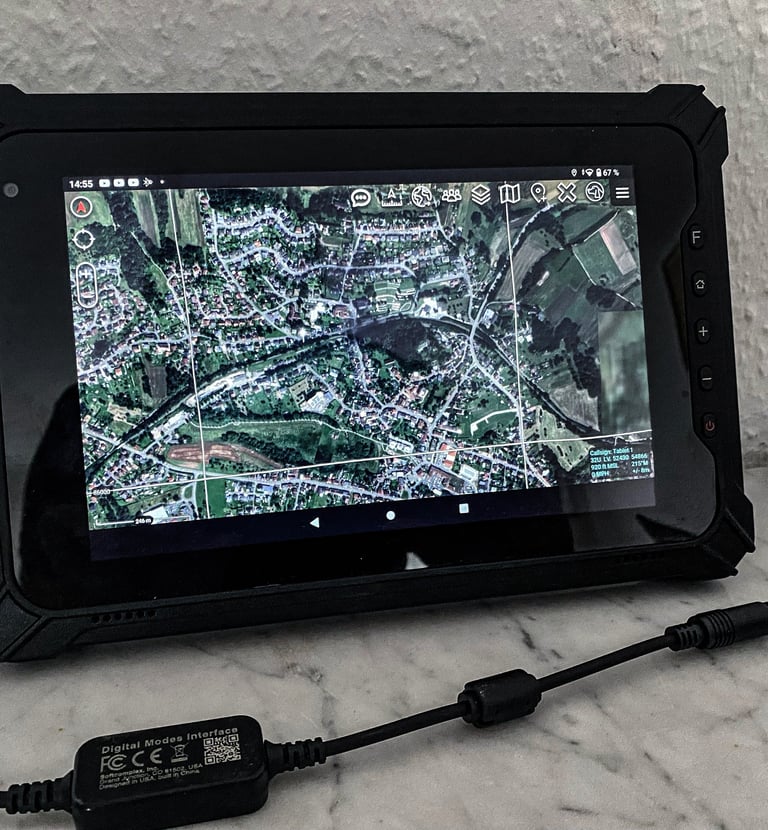



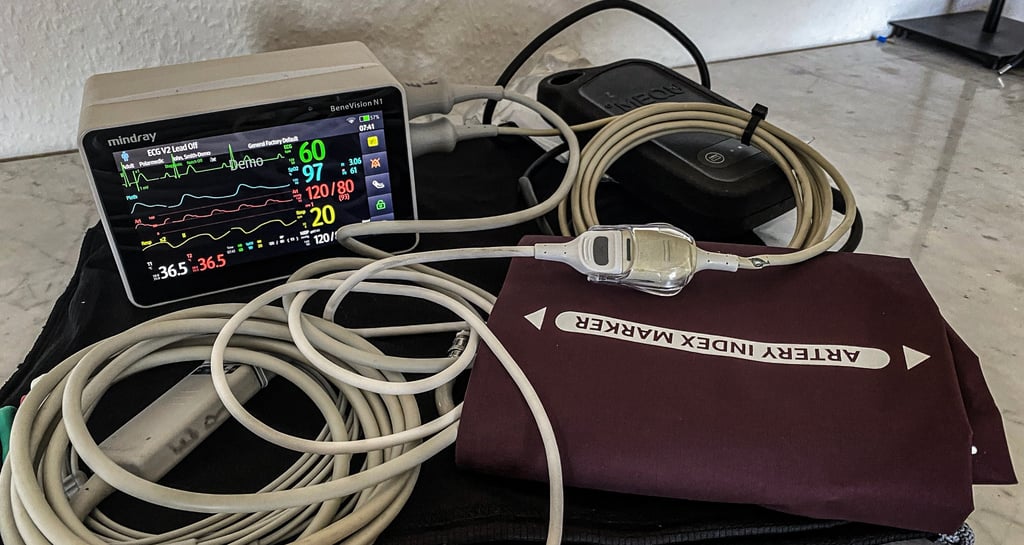

Remote Network Solutions FAQ
What is the remote medical network?
It is a satellite-based solution providing reliable communication and medical support in challenging environments worldwide.
How does remote network solutions work?
What tools are integrated?
Is it infrastructure dependent?
What are its key features?
The system integrates telemedicine, ATAK, and live drone video for real-time situational awareness, enabling seamless communication and rapid decision-making in critical situations. By providing a comprehensive view of ongoing scenarios, it empowers teams to respond effectively to emergencies and enhances collaboration among various stakeholders involved in disaster management and public safety.
The remote medical network ensures seamless communication through global satellite connectivity and radio-based chat, independent of local infrastructure. This system not only enhances accessibility for healthcare providers and patients in remote areas but also aids in emergency situations where every second counts. The integration of advanced technology enables clinicians to share vital information promptly, fostering better decision-making and timely interventions. With the growing reliance on such networks, the future of telemedicine looks promising, bridging gaps that were once challenging to overcome, and ensuring that medical support reaches those in need, regardless of their geographic location.
It combines telemedicine capabilities with advanced tools for effective medical support and situational awareness, offering health professionals a comprehensive suite of resources to assess patient conditions remotely. This innovative solution not only enhances communication between healthcare providers and patients but also ensures timely interventions. By utilizing state-of-the-art technology and real-time data, the system empowers medical teams to monitor critical parameters and make informed decisions swiftly, thus improving overall healthcare delivery and patient outcomes.
Yes, it is fully infrastructure independent. This means that it can operate without being tied to any specific technical setup or environment. It offers incredible flexibility and adaptability, making it suitable for a diverse range of applications and use cases.
